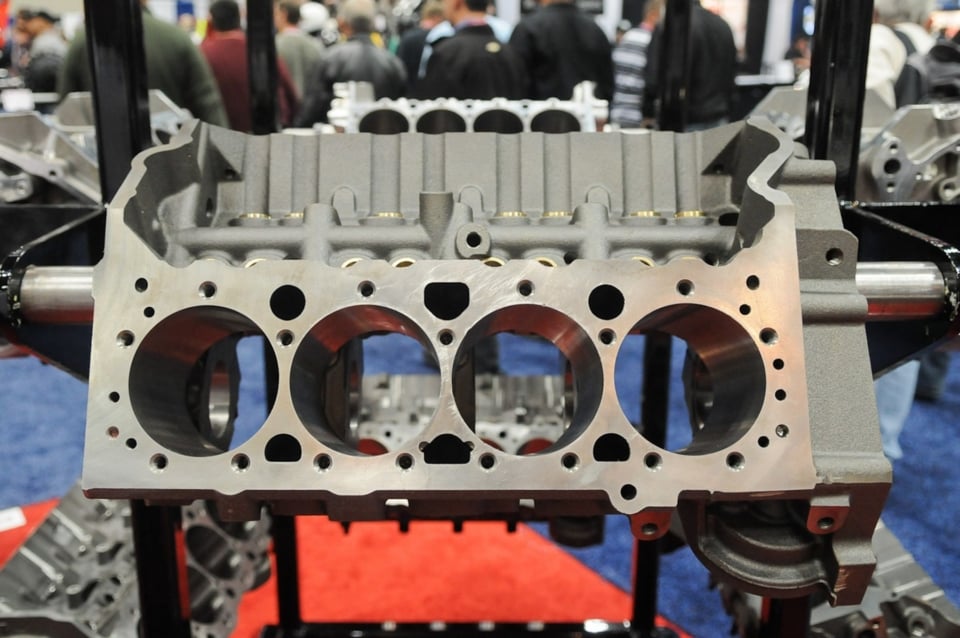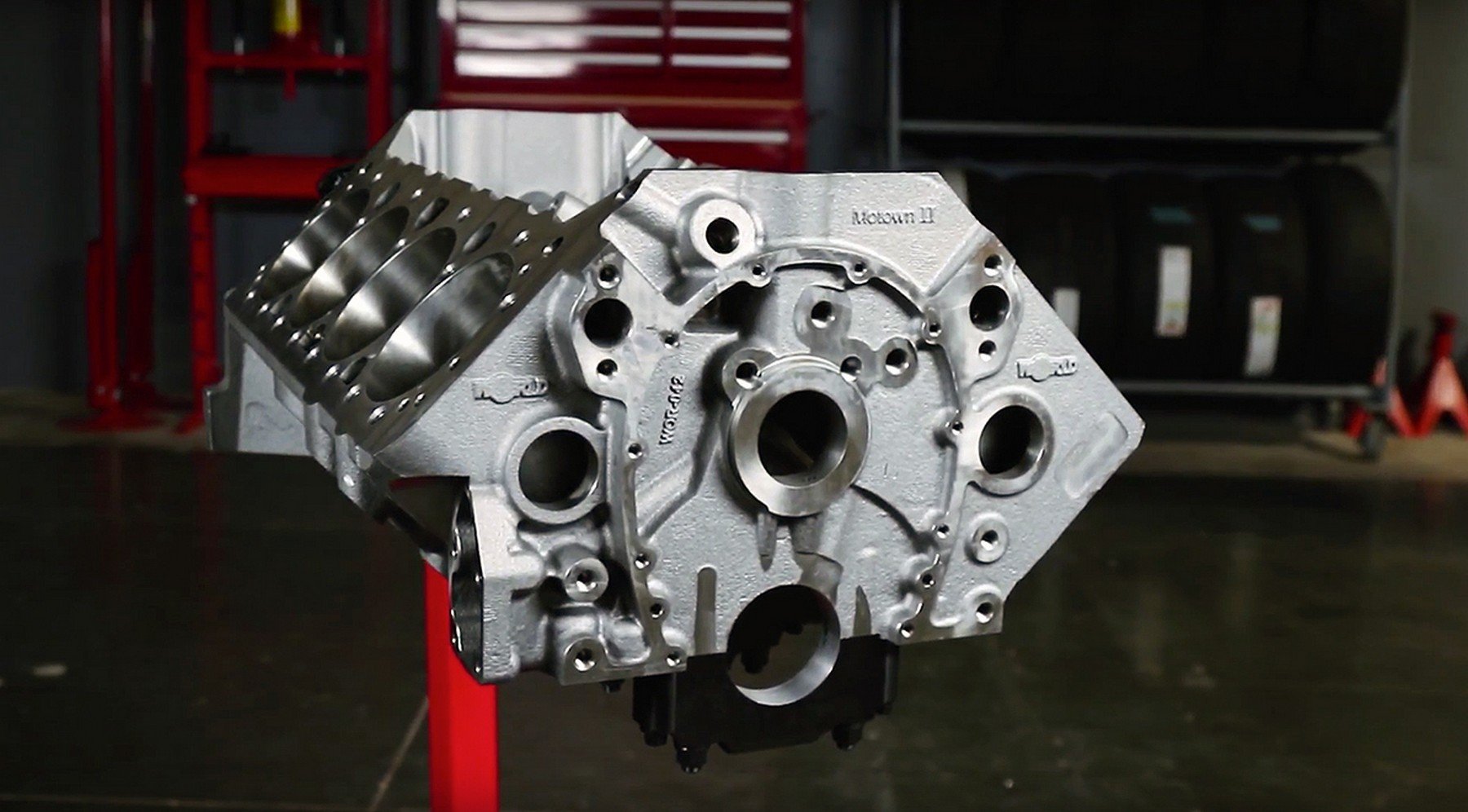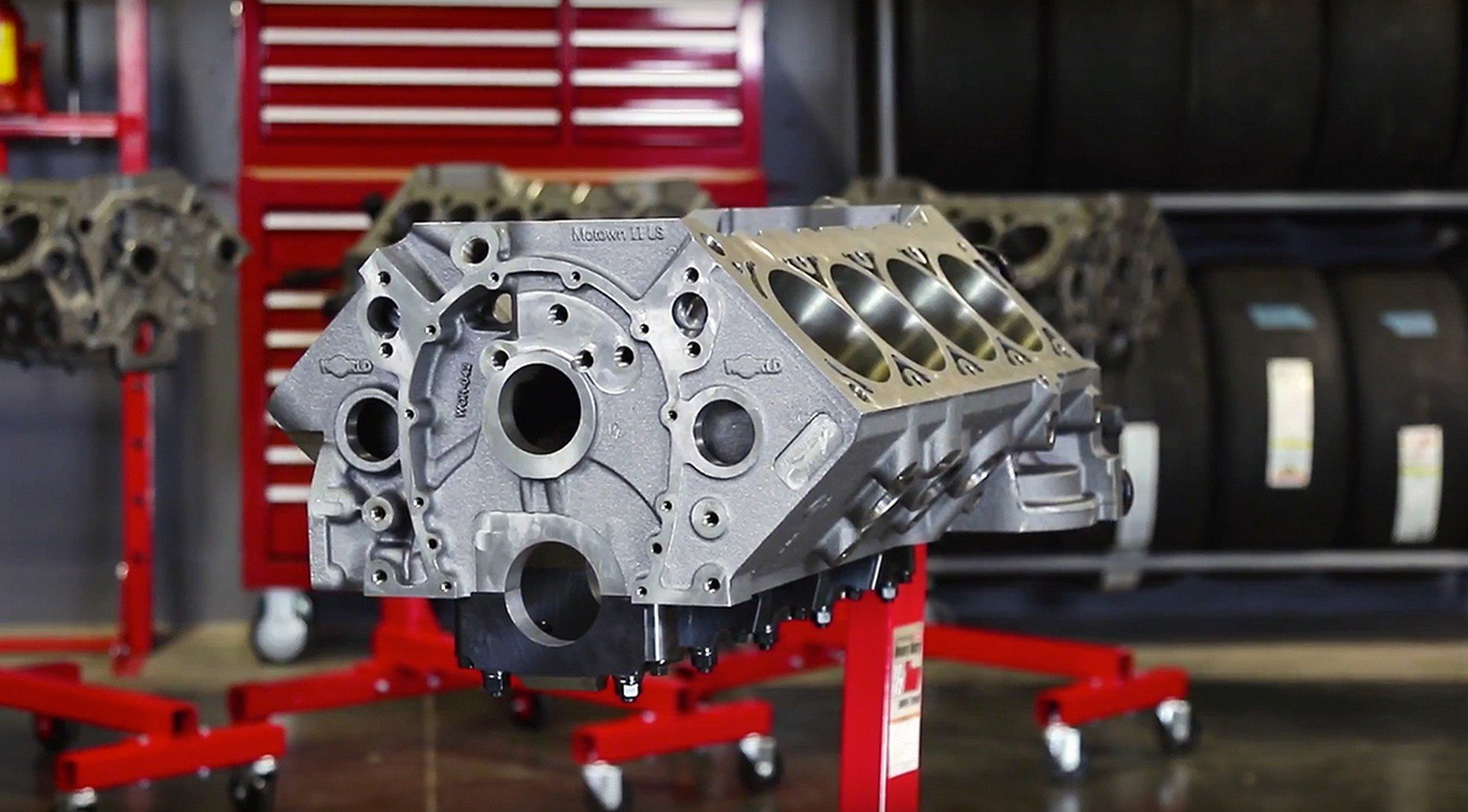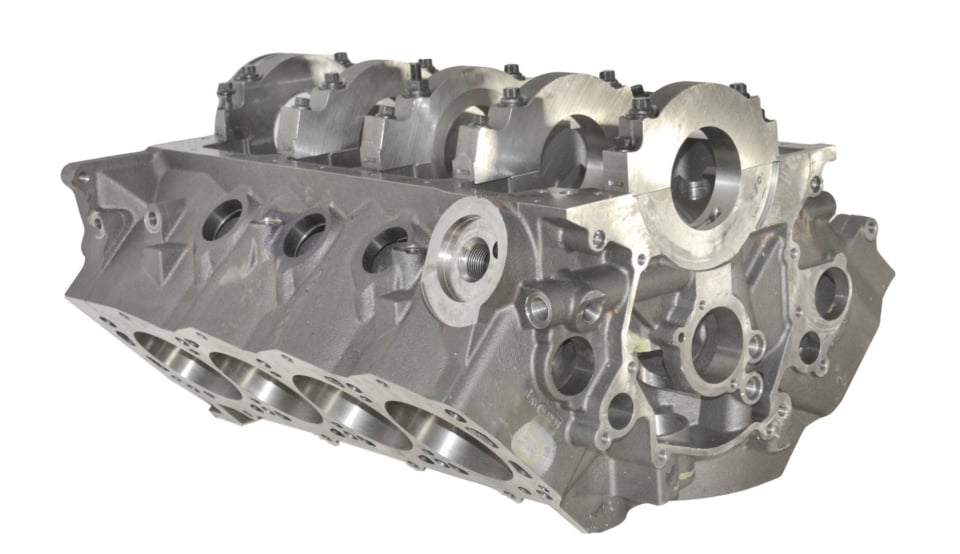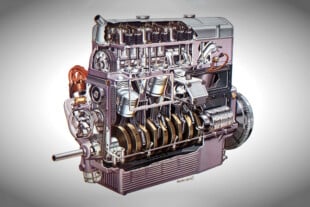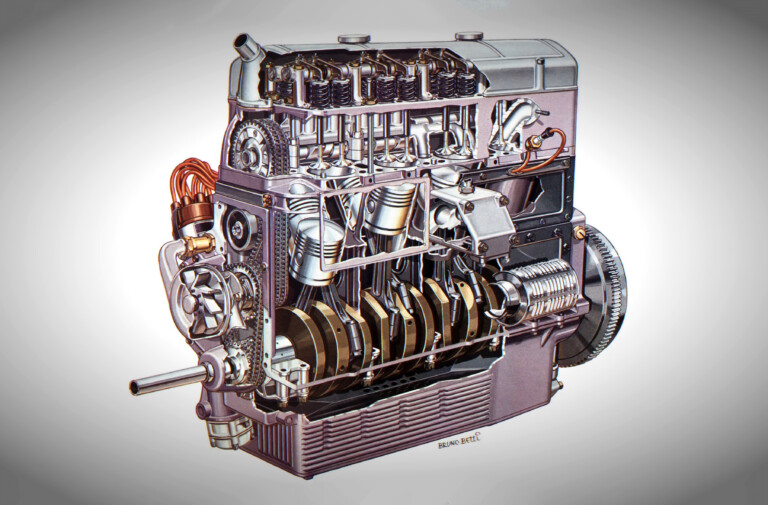Adding boost in the form of a turbocharger or supercharger is exponentially easier these days with all the advancements in power-adder technology. The problem is that it has almost become too easy and racers sometimes get a little overzealous with boost and start damaging their engine — including the block in some cases.
When boost is introduced into an engine it provides instant horsepower, but it also puts all the other internal parts of the engine under a lot of stress. The engine block has to not only stand up to the boost pressure itself, but it also keep all the internal engine parts in place so they can function correctly.
Jack McInnis from World Products explains exactly what happens inside an engine when you crank up the boost and where it can put stress internally on the block.
“The increased cylinder pressures resulting from superchargers and turbochargers can cause distortion in the cylinder walls during operation. The effects of this distortion are decreased ring seal and possible fatigue and cracking of the bores. Boosted engines are also subject to very high stress to the crankshaft, and main cap retention becomes an issue. Also, the thrust bearing surface of the blocks’ webs and bulkheads are subject to elevated stress levels. The load on the head bolts or studs is also greatly increased and can cause issues with gasket sealing as well as stress to the decks themselves.”
Most OEM blocks can hold a certain level of boost without any issues, but you will be limited to how much power you can generate. Going with an aftermarket block can allow you to add more boost and power, however, you must ensure block is able to handle what you’re going to try throwing at it.
“There are key areas within the block that can have strength and rigidity added to handle the stress of a boosted application. The World Products Man O’War small-block Ford block is a good example of a block that has been designed to handle boost. We made numerous changes to address the shortcomings of the stock pieces, starting with the materials. The iron alloy has been upgraded to a minimum 40,000 psi iron which is vastly stronger than the gray iron used in the stock block, and at least 10,000 psi stronger than the previous versions of Worlds blocks or other aftermarket units. In addition to the stronger alloy, material has been added to the cylinder walls, decks, oil pan rails and main webs,” McInnis says.
If you want to learn more about what an engine block needs to handle high boost levels check out World Product’s website right here. They have tons of information about what goes into a boost-ready block and which of their products will work with your application.



